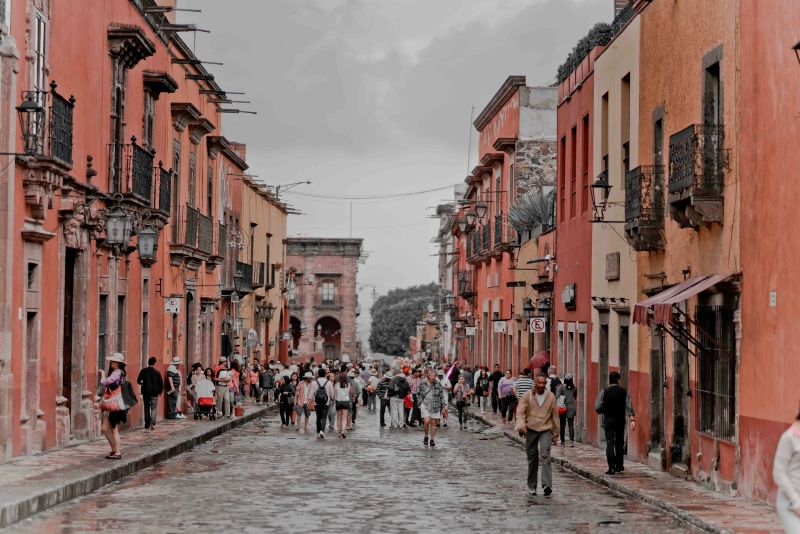 In Mexico, drug trafficking endangers civilians of all ages through increasing crime and violence. Rampant cartel activity particularly impacts children. For example, due to increased cartel-related violence, schools are no longer safe spaces for young students to receive an education. In a 2012 national survey, 38.8% of the population chose school as one of the public spaces where they feel unsafe. Children are additionally at risk of drug cartel recruitment. This is because cartels seek unlikely suspects and easily dispensable members. If prosecuted, minors also are not charged as adults.
In Mexico, drug trafficking endangers civilians of all ages through increasing crime and violence. Rampant cartel activity particularly impacts children. For example, due to increased cartel-related violence, schools are no longer safe spaces for young students to receive an education. In a 2012 national survey, 38.8% of the population chose school as one of the public spaces where they feel unsafe. Children are additionally at risk of drug cartel recruitment. This is because cartels seek unlikely suspects and easily dispensable members. If prosecuted, minors also are not charged as adults.
Targeting Impoverished Children
According to the Network for Children’s Rights in Mexico, organized crime groups recruited about 350,000 young people around the country, with around 400,000 finding themselves vulnerable to drug cartel recruitment. Cartels especially target impoverished children who live in tumultuous households, swaying them to join with the promise of economic gain and even a “sense of belonging.”
Reinserta is a non-profit organization in Mexico working to protect children from this growing issue. Founded in 2013, Reinserta offers education, job training and placement and mental health support for children facing crime and violence in Mexico in general. The organization supports youth in proximity to organized crime and drug cartel recruitment with research and reintegration efforts.
Research
Since its founding, the organization has conducted six research studies and reports on violence impacting adolescents in general. It has also conducted surveys to see the impacts of drug cartel recruitment of youth more specifically. The investigation explores the prevalence and gravity of cartels recruiting young members.
It has also hosted 89 interviews with minors in juvenile detention centers and found that 67 were part of cartel activity before their arrest. All the organization’s research and data from the organization is calling attention to a problem that continues to target children who are as young as 10. Reinserta recognizes that progress begins with a comprehensive knowledge and understanding of the issue at hand.
Reintegration
For youth who have already been involved in organized crime, Reinserta offers models of reintegration and rehabilitation. It works across 14 detention centers for youth, offering education and job training and placement services. Through its work, the organization saw that eight out of 10 participating youth continued studying or found a job after Reinserta’s programs. Some of the most common jobs the young people have found are in “gastronomy, styling, barbering, sewing, serigraphy, paramedics, radio and muralism.” In total, the non-profit has impacted over 1,300 adolescents who have been in prison, with a non-recurrent rate of more than 90%, according to its website.
As drug cartel recruitment in Mexico has increased in the past years, the work of Reinserta is becoming more critical than ever. Through its important research and reintegration initiatives, Reinserta operates as one of the Mexican non-profits making the most change for adolescents affected by violence today.
– Estelle Lee
Photo: Unsplash

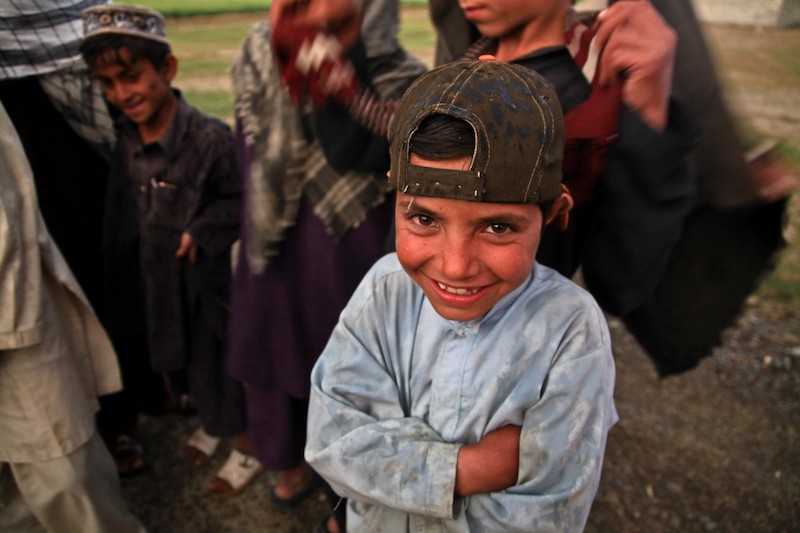
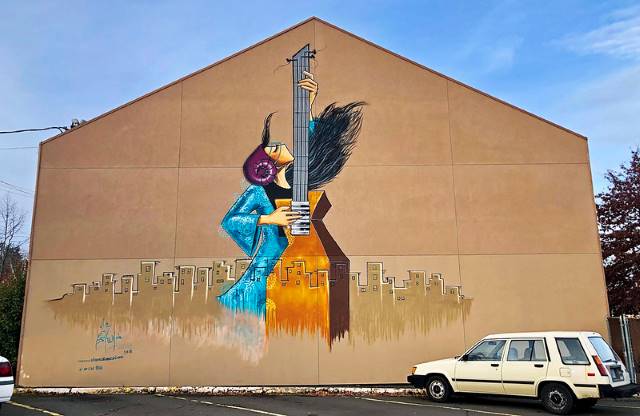 War-torn and poverty-stricken, people of the developed world seldom think of Afghanistan as a place where beauty and art bloom. But, in the streets of Kabul, Afghanistan, a movement is growing. Contemporary street artists in Kabul use the ruins of blasted city walls and bombed-out buildings as their canvas, slowly transforming the city from the shell of a warzone to an open-air art gallery. However, the goal of this gallery is not simply beautifying the city’s rubble-strewn streets but actually inciting social change for Afghanistan.
War-torn and poverty-stricken, people of the developed world seldom think of Afghanistan as a place where beauty and art bloom. But, in the streets of Kabul, Afghanistan, a movement is growing. Contemporary street artists in Kabul use the ruins of blasted city walls and bombed-out buildings as their canvas, slowly transforming the city from the shell of a warzone to an open-air art gallery. However, the goal of this gallery is not simply beautifying the city’s rubble-strewn streets but actually inciting social change for Afghanistan.
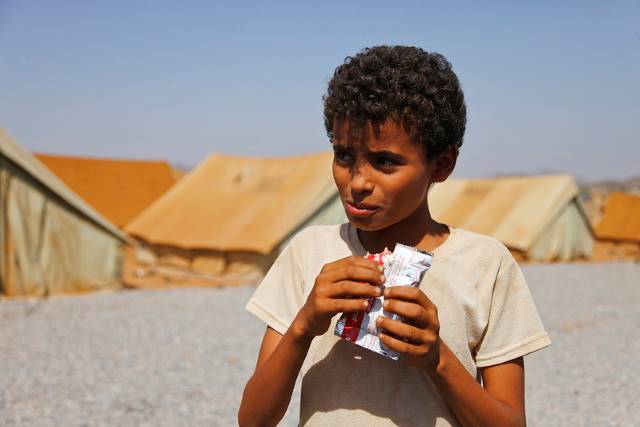 President Biden announced his plan to end all U.S. involvement in the
President Biden announced his plan to end all U.S. involvement in the  As the United States fought its campaign against North Vietnamese forces during the Vietnam War, part of the military’s strategy included the deployment of Agent Orange, a chemical weapon used to defoliate jungles to expose enemy positions. The toxin was heavily used and has had disastrous health and environmental effects. Now, the United States is leading Agent Orange cleanup efforts in Vietnam. USAID is taking the charge to continue its environmental restoration efforts.
As the United States fought its campaign against North Vietnamese forces during the Vietnam War, part of the military’s strategy included the deployment of Agent Orange, a chemical weapon used to defoliate jungles to expose enemy positions. The toxin was heavily used and has had disastrous health and environmental effects. Now, the United States is leading Agent Orange cleanup efforts in Vietnam. USAID is taking the charge to continue its environmental restoration efforts.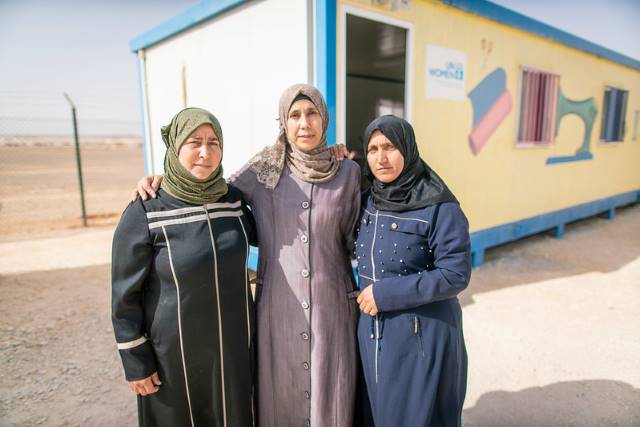 The year 2020 has taught the world a series of valuable lessons. Still, one that strikes most potent is the importance of women’s presence in critical fields, such as conflict resolution. For years this issue has received a poor reputation for ineffectiveness and persistent recidivism, specifically due to continued violence. However, the recent inclusion of women in conflict resolution changes this, transforming the field as the world knows it. Since 2016,
The year 2020 has taught the world a series of valuable lessons. Still, one that strikes most potent is the importance of women’s presence in critical fields, such as conflict resolution. For years this issue has received a poor reputation for ineffectiveness and persistent recidivism, specifically due to continued violence. However, the recent inclusion of women in conflict resolution changes this, transforming the field as the world knows it. Since 2016,  Russian intervention may have ended the latest bouts of
Russian intervention may have ended the latest bouts of 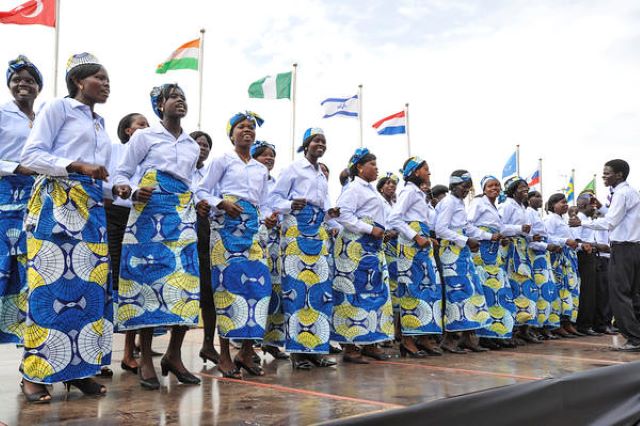 Since the beginning of the Sudanese civil war in 1983 that split the north from the south, the conflict in South Sudan has cost thousands of civilian lives and fractured the society in the region. The fallout from the civil war led to tribal conflict that is still ongoing and oftentimes the victims of these “total wars” are women. For this reason,
Since the beginning of the Sudanese civil war in 1983 that split the north from the south, the conflict in South Sudan has cost thousands of civilian lives and fractured the society in the region. The fallout from the civil war led to tribal conflict that is still ongoing and oftentimes the victims of these “total wars” are women. For this reason, 